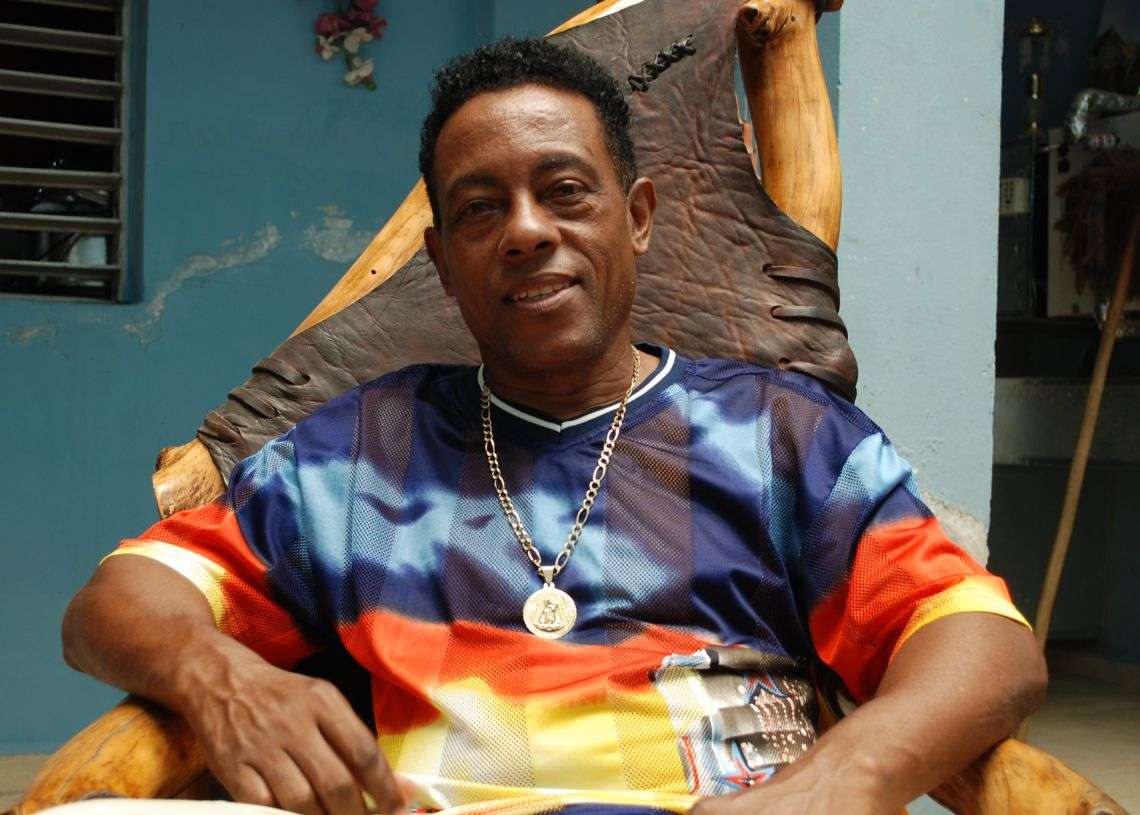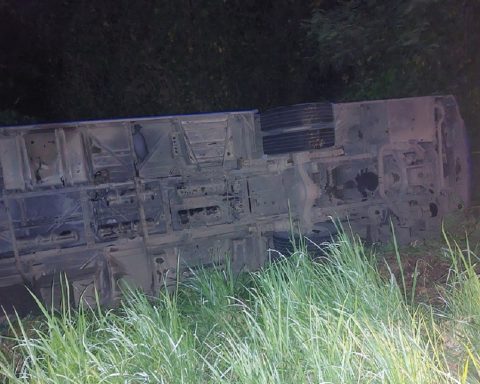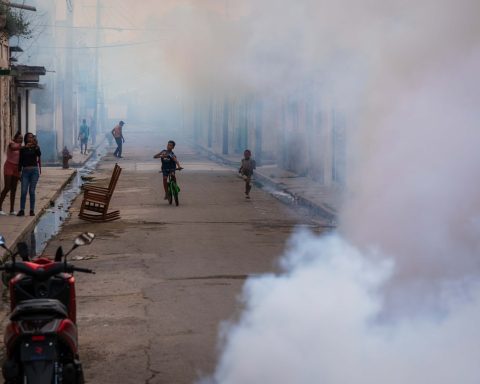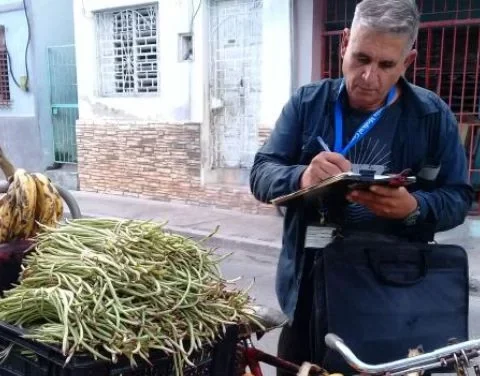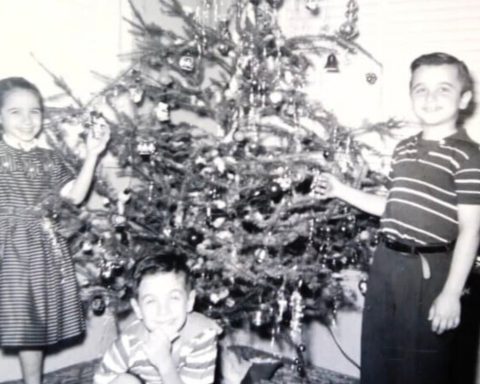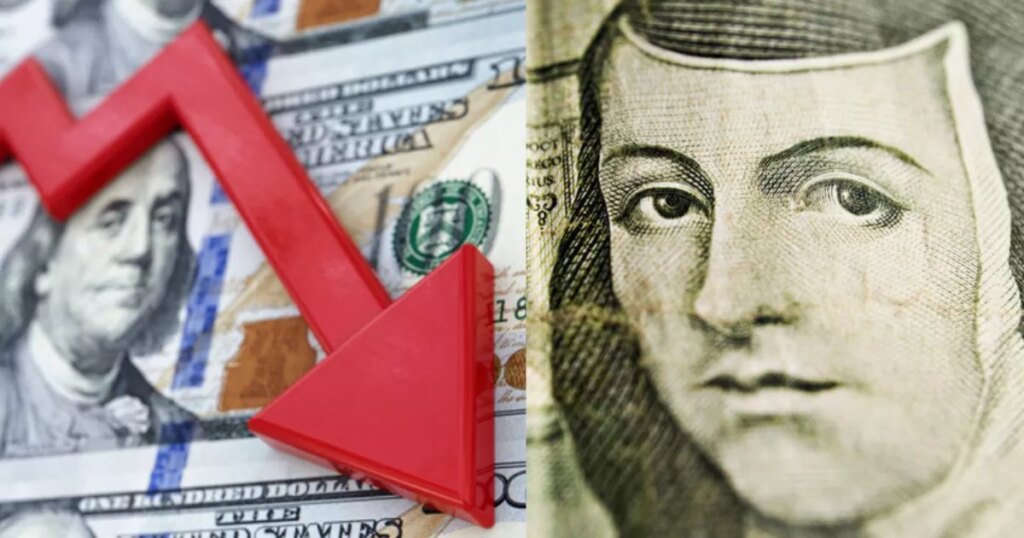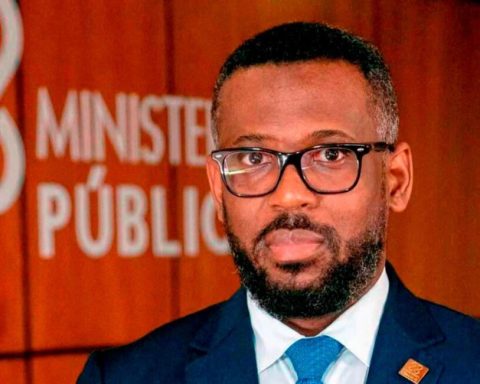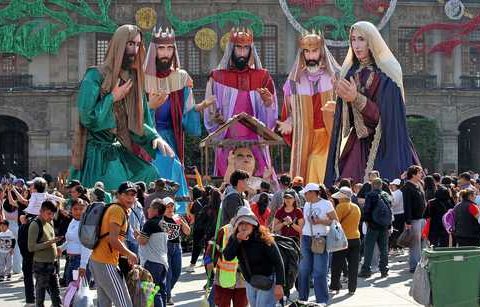He is not only one of the best improvisers in Cuba, he is also a prolific composer, an interpreter far from the standard. He has a rasping voice that is frightening to certain ears accustomed to exquisite tuning. He did not have a musical training in well-known academies but he has the gift that is not given to everyone: making music in a natural, spontaneous way.
There are those who sing songs by Sabina and Serrat, those who consume trap drinks, the victroleros… but in these final days of the year, for example, their voice is heard in different homes, preferably in the eastern part of the country. Fabré throws the party, it is an essential complement when you decide to wake up between dancing and drinking.
When Cándido summons, people come and that is not easily achieved either. He’s not a stranger to big theaters, but when he’s out in the open, he thrives. He sings to blackouts, to shortages, to a famous liquor, to infidels… And people sing with him. There are no far-fetched phrases in its themes or overly complex texts. Cándido borrows what is on the street, puts it to music and throws it.
Like Fabré, musical chroniclers have abounded throughout our history.
Oscar Luis López reminds us in his book Radio in Cuba that in 1932 Félix B. Caignet premiered the song “El ratoncito Miguel” whose lyrics the people sang in protest of Machado’s tyranny: “The house is / that is horrifying, and it is really scary / and you will see / that it is even hungry a mouse will die.” Or that son-guajira by Don Ray Mat: “El cañonazo”, of great popularity when the government of the day suppressed the traditional ceremony to save gunpowder.
Other more contemporary creators followed this tradition, such as Juan Formell and Adalberto Álvarez, drawing inspiration from what was happening on the site, in a Havana corner, feeding the popular proverb with that of: “Havana can’t take it anymore”, the “titimanía” or that of that “I’m going to ask for you the same as you for me”… and so on, a long etcetera.
Cándido Fabré defines himself as a man of the people: «The one who talked to you a little bit / and they even called him crazy / I am Cita’s son. / The one who always has in mind / a phrase of affection / when the children acclaim him, / when the people applaud him. / I am that one, that one is me».
Despite not having a regular presence in the big events and concerts that are held exclusively in Havana, he managed to position himself with his orchestra among the best known. However, those responsible for internationalizing his figure did not realize the potential they had in his hands, how profitable it would have been for Cuban music to “exploit” a sudden player like him.
Perhaps because he decided to live in the eastern city of Manzanillo? Years ago we asked him, and he told us:
«I projected myself from the East and held a national position. People learned to recognize Cándido Fabré with his work from the Manzanillo Original and without the Original. What Pachy Naranjo and I did was unrepeatable and unforgettable. Manzanillo has made me stronger, more dignified. From here I managed to prevail. You have to be sure of yourself. Someone has to stay on this side and I am the representative of the entire Orient. Not the best, but the one with the greatest connotation.
Cándido has been sung by important soneros inside and outside of Cuba. Let’s think of Adalberto Álvarez, the Aragón Orchestra, Willy Chirino, Isaac Delgado, Haila Mompié… And in all that long list one name stands out: Celia Cruz. A song performed by “La Reina” is an unrepeatable merit and Fabré had it, shared with César Pedroso, Pedro Luis Ferrer and others.
More than forty years dedicated to music, a million anecdotes between popular festivals that go from Baracoa (Guantánamo) to Los Palacios (Pinar del Río). Some very low-level “controversies”, decorations, popular affection… You have to be very Cándido Fabré to have talent and give up certain privileges to look for a yarey hat.
“People love Cándido because they love him, I have earned him with great dignity,” he confessed to us.
